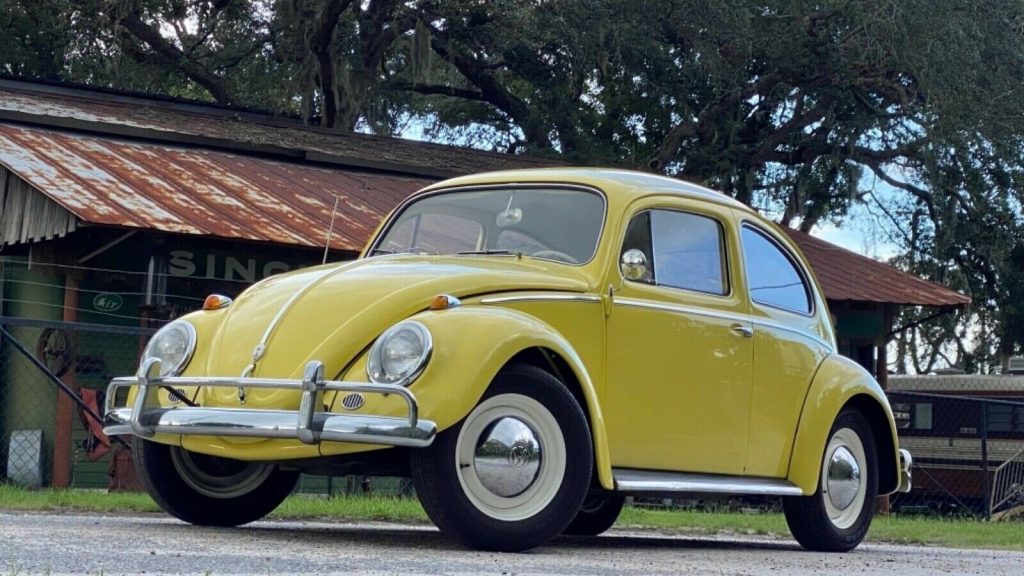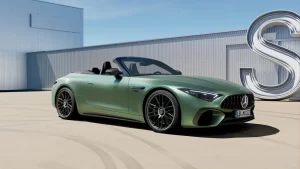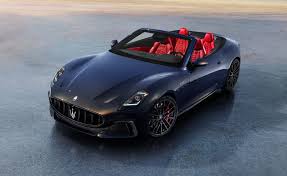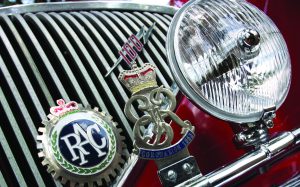Volkswagen Beetle

Volkswagen Beetle
The Volkswagen Beetle, also known as the Käfer in German, is an iconic small car produced by Volkswagen from 1938 to 2003. Its distinctive shape, affordability, and reliability have made it one of the most popular cars in history.
The Beetle’s Origins
The Beetle was originally conceived by Adolf Hitler as a “people’s car” that would be affordable for the average German citizen. Ferdinand Porsche, a prominent automotive engineer, was tasked with designing the car. The Beetle went into production in 1938, initially under the name “KdF-Wagen” (Kraft durch Freude Wagen, or “Strength through Joy Car”).
The Beetle’s Success
The Beetle’s simple design, rugged construction, and fuel efficiency made it a popular choice for drivers around the world. It was particularly successful in post-war Europe, where it became a symbol of economic recovery. In the United States, the Beetle gained a cult following in the 1960s, becoming associated with the counterculture movement.
The Beetle’s Legacy
The Beetle’s impact on automotive history is undeniable. Its simple, yet effective design has inspired countless other car models, and it remains a beloved symbol of the automotive industry. Today, the Beetle is considered a classic car, with many enthusiasts restoring and preserving these iconic vehicles.
The Volkswagen Beetle is more than just a car; it is a cultural icon that has captured the hearts of people around the world. Its timeless design, reliability, and affordability have made it one of the most successful cars in history.




